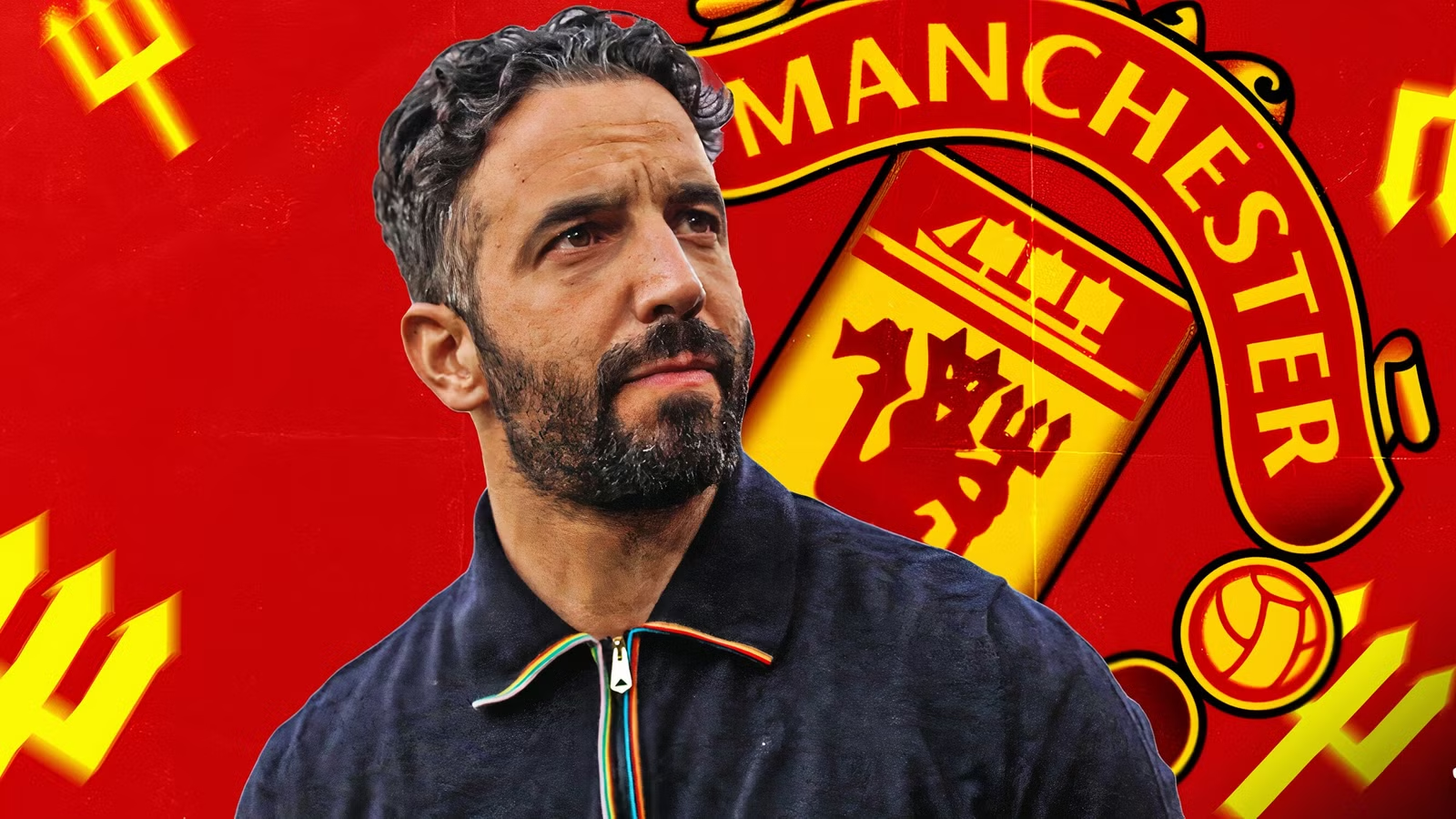
The verdict on Amorim: early crisis, not yet terminal
Manchester United’s season is only weeks old, yet the discourse already feels existential. A grim cup defeat to League Two opposition has detonated any sense of a reset, re-inflaming doubts about whether Rúben Amorim’s ideas translate to this squad and this league. The performances against Arsenal, Fulham and Burnley offered flashes — chance volume rose, tempo looked higher — but the Grimsby collapse reframed everything: when the game state turned hostile, United’s structure didn’t help them chase it.
From “clever appointment” to uneasy fit
Amorim’s hiring was framed as bold and modern: a coach with clear principles, capable of imprinting a recognisable game model. Weeks in, the fit looks awkward. The manager’s post-match tone after the cup exit — an emotional admission of strain — underlined how quickly pressure has escalated. Supporters can accept teething issues; they struggle with a plan that appears to blunt the best players while elevating the worst habits.
The system problem: dogma vs pragmatism
United’s base has often resembled a back three in build-up morphing into a 3-2-5: a centre-back stepping into midfield, full-backs tucked, wide forwards holding width. In theory it should speed ball-progression; in practice it has isolated the No 10 and left the front line disconnected. When trailing to Grimsby, the extra centre-back became a tax on numbers higher up the pitch. Chasing required risk; the structure preserved control.
Selections have amplified the tension. Harry Maguire and Matthijs de Ligt stepping high is fine against compliant blocks; against compact, counter-ready sides it can feel like a provocation. Substitutions meant to tilt the game have too often been like-for-like rather than re-balancing the shape.
Stars in sub-optimal roles
Bruno Fernandes remains United’s creative metronome, but the spacing around him has been poor: wingers starting wide yet receiving static; the No 9 starved or asked to post up without short options. Alejandro Garnacho and Amad Diallo (when involved) thrive on quick combinations and third-man runs — the current geometry rarely creates those patterns.
Deeper, the Casemiro question looms. Pairing him with a progressive controller unlocks Bruno higher; pairing him with another attack-first 8 leaves defensive transitions exposed and first-phase build clogged. That is where Kobbie Mainoo’s profile matters: press resistance, short-long range, and the calm to receive under pressure. If Amorim truly sees Mainoo as integral, the structure must reflect it.
What’s actually improved — and why it hasn’t mattered
Chance volume: Against Arsenal and Fulham the shot count and box entries were up. The issue is shot quality: too many efforts amid traffic, not enough clean angles after disorganising the block.
Pressing intent: Lines are higher, triggers more obvious. But the counter-press has been a half-step late, exposing the back line to direct balls and leaving long distances to defend.
A model that looks coherent at 0-0 can look brittle once behind. That’s the gap Amorim has to close quickly.
Three fixes that don’t need a transfer window
Flip to a 4-2-3-1 in negative game states When chasing, drop the spare centre-back and add a true second midfielder. Casemiro + Mainoo behind Bruno restores vertical routes and short links into the No 9.
Codify five-lane occupation in the final third Fix width (one winger + one full-back), free Bruno between lines, and script near-post/penalty-spot box runs. That turns sterile possession into repeatable cut-backs rather than low-value crosses.
Sub principles, not just names If the opponent sits in, introduce a runner between centre-back and full-back and a second-phase shooter at the edge of the box. If they press, bring on a carrier who can eliminate a line off the dribble. Sub to change relationships, not merely energy.
Time, or a hard reset?
One camp has already concluded it’s over; the other sees green shoots buried under emotion and a freakish cup night. Both can be true: the league minutes have not been a write-off, but the mismatch between idea and personnel has been stark when United must force a result.
The next block — with Manchester City and Chelsea on the schedule — will tell us whether Amorim can be pragmatic without abandoning his identity. If he loosens the dogma, recent improvements can scale. If he can’t, the club will drift in limbo until a reset inevitably arrives.
Bottom line: This isn’t terminal — yet. But Amorim must prove he can coach the team he has as well as the one in his head.